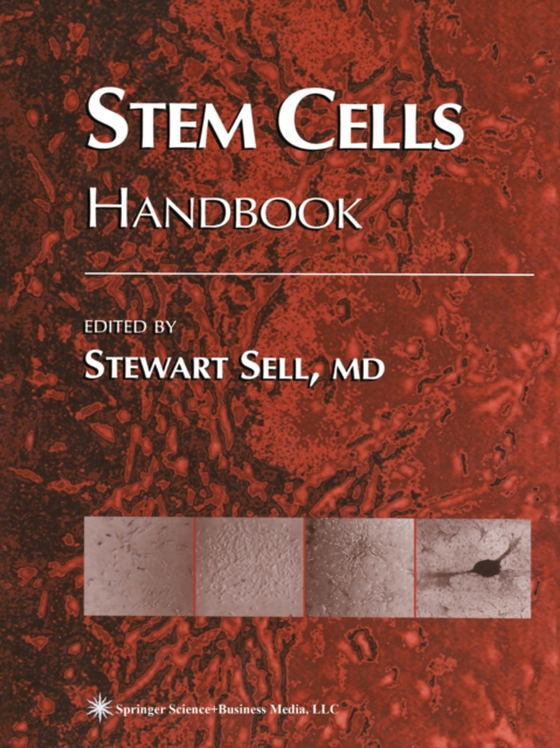
Stem Cells Handbook e-bog
2190,77 DKK
(inkl. moms 2738,46 DKK)
The power of stem cells for tissue development, regeneration, and renewal has been well known by embryologists and developmental biologists for many years. Those presently active in research in the stem cell field owe much to previous work by embryologists and cancer researchers for their insights into what stem cells can do. In the last 4- 5 years, the rapid expansion of the concept of adult t...
E-bog
2190,77 DKK
Forlag
Humana
Udgivet
22 oktober 2003
Genrer
MFN
Sprog
English
Format
pdf
Beskyttelse
LCP
ISBN
9781592594115
The power of stem cells for tissue development, regeneration, and renewal has been well known by embryologists and developmental biologists for many years. Those presently active in research in the stem cell field owe much to previous work by embryologists and cancer researchers for their insights into what stem cells can do. In the last 4- 5 years, the rapid expansion of the concept of adult tissue stem cells as pluripotent progenitors for various tissues has led to an even greater appreciation of the power of stem cells. The demonstration that both embryonic and adult tissue stem cells have the ability to produce progenitor cells for tissue renewal has opened vast possibilities for treatment of congenital deficiency diseases as well as for regeneration of damaged tissues. Older concepts of determination leading to loss of potential during differentiation of adult tissues are being replaced by newer ideas that cells with multiple potential exist in different forms in various adult organs and that cells thought to be restricted to differentiation to one cell type may be able to "e;transdifferentiate"e; into other tissue cell types. Thus, the concept of "e;embryonic rests"e; in adult tissues, hypothesized to be the cellular origin of cancer by Durante and Conheim in the 1870s, now can be expanded to include survival of pluripotential embryonic-like stem cells in adult tissues.
 Dansk
Dansk

